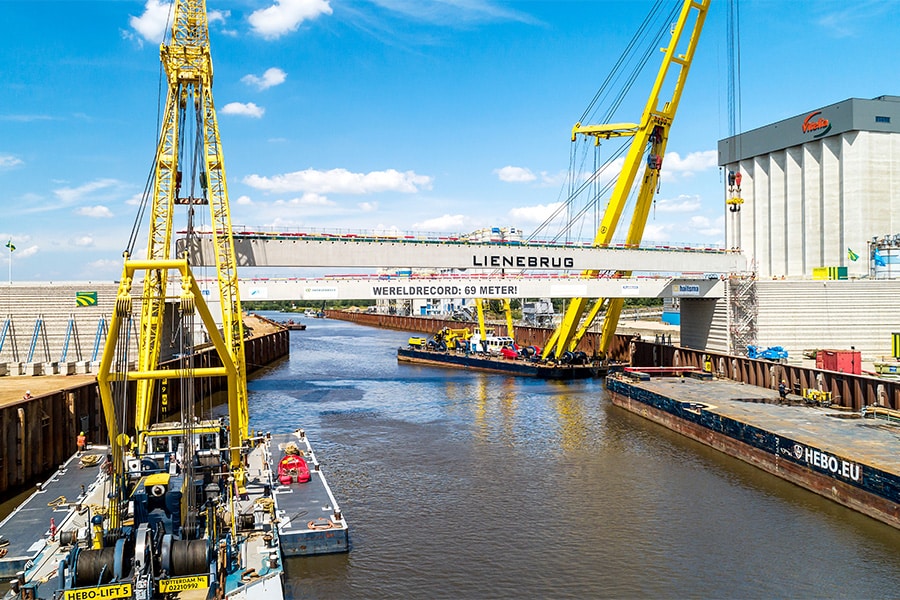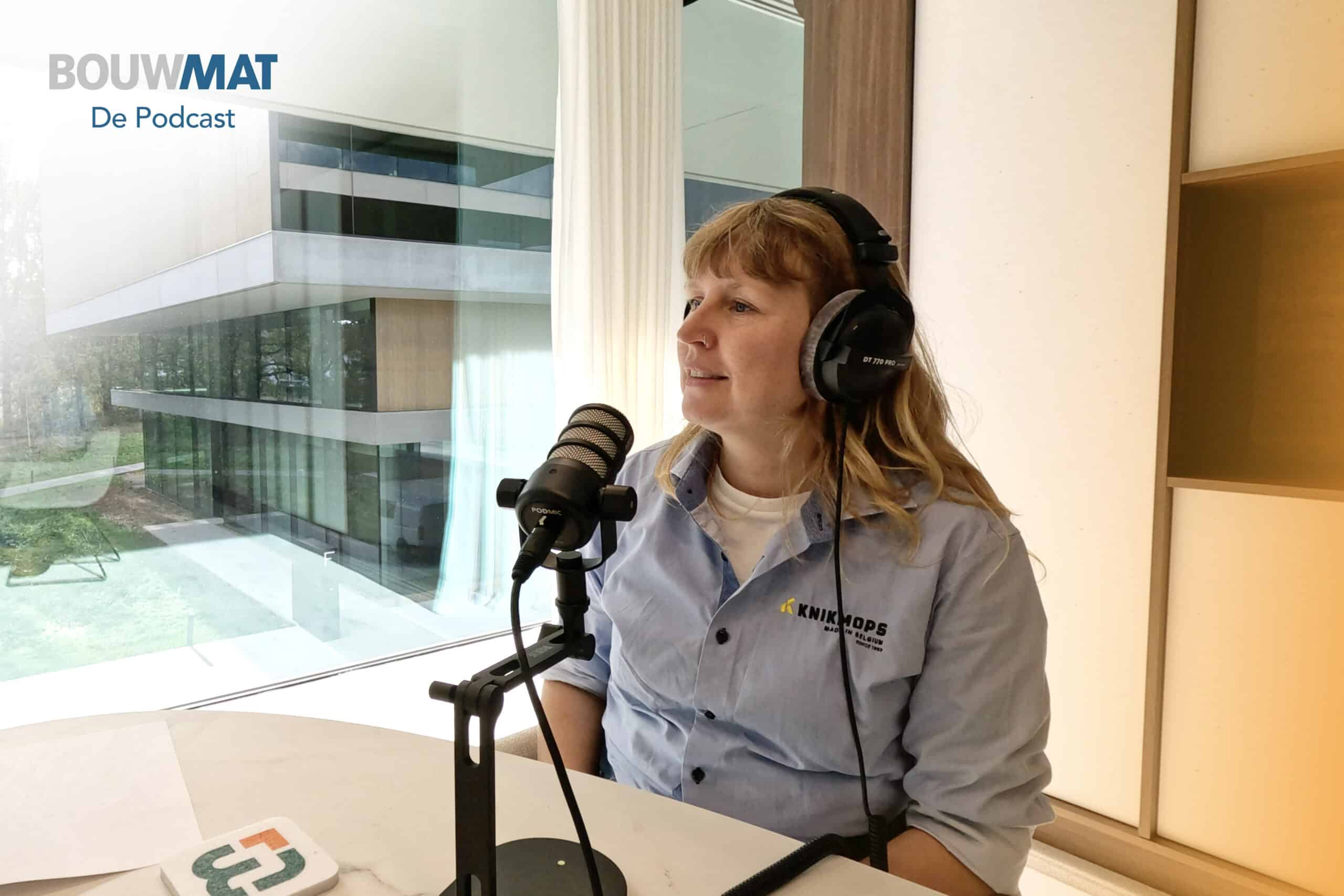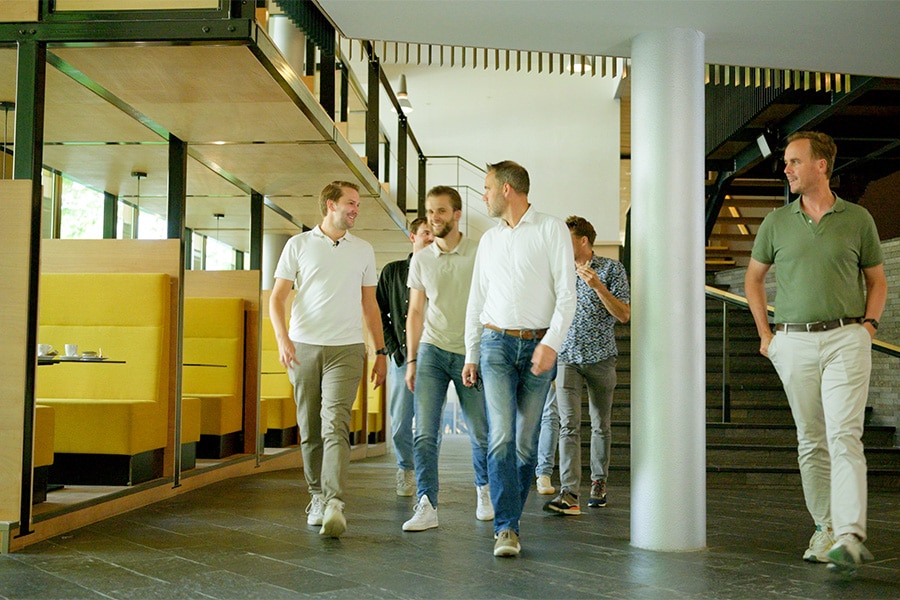
Prevent collision hazards on construction sites
In recent years, a large number of serious incidents involving maneuvering vehicles and machinery occurred on Dutch construction sites. It was reason for the participating parties within the Governance Code Safety in Construction (GCVB) to thoroughly adapt the policy to prevent collision danger. Oeds van der Wal of Aboma explains how organizations can make maximum use of the Collision Hazard Reduction Policy.
There is a partnership between principals and contractors with the aim of improving safety throughout the chain. Policy to this end is laid down in the so-called Governance Code. "It is in fact a package of agreements to which the signatories conform and also actively act," Van der Wal explains. "As a result of advancing insight and/or new techniques, subjects or policy measures are regularly adjusted within this package of agreements. The Policy on Reducing Collision Hazards therefore replaces the 2019 document 'Policy on Crash Protection for Persons on Vehicles and Construction Machinery Version 2.0' and goes beyond merely prescribing technical measures."

Source approach
"The new policy aims to address risks at the source," Van der Wal continued. "In that sense, the new policy follows the hierarchy we know from the Occupational Health and Safety Act. In concrete terms, that means that you have to avoid as much construction traffic and machinery on a construction site as possible. And if you cannot do that, you will have to isolate the source, clearly separating construction traffic from pedestrians through clear and wide construction roads, good lighting, etc. Third, the new policy describes that you will need to take organizational measures to limit construction traffic, such as unloading at night. You will also have to invest in technical measures to warn bystanders of impending danger. Preferably not with a beep - because that is too familiar (and irritating) a signal on the construction site - but with white noise: a soft hissing sound that is amplified when someone moves into the danger zone. And finally, the key is to proactively inform and provide clear instructions to bystanders."
Aboma supports contractors and clients in site design to prevent collision hazards. "We not only write safety plans for inside and outside the fences, but also the BLVC plan," says Van der Wal. "The latter stands for accessibility, livability, safety and communication and covers the entire route from the highway exit to the construction site. We also take adjacent projects into account. The situation can change just like that during a project. It is important that this is communicated clearly and unambiguously, also with the surrounding area and the licensing authority. Thanks to our years of expertise in this field, we can correctly implement the Policy on Reducing Collision Hazards in order to tackle risks at the source."




